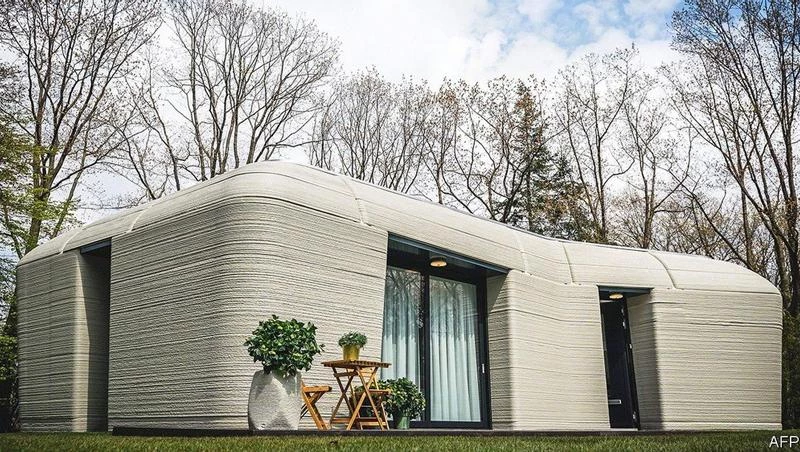
Abatch of new houses across California is selling unusually fast. In the past two months, 82 have been snapped up, and the waiting list is 1,000 long. That demand should, though, soon be satisfied—for, while it can take weeks to put up a conventional bricks-and-mortar dwelling, Palari Homes and Mighty Buildings, the collaborators behind these houses, are able to erect one in less than 24 hours. They can do it so rapidly because their products are assembled from components prefabricated in a factory. This is not, in itself, a new idea. But the components involved are made in an unusual way: they are printed.
Three-dimensional (3d) printing has been around since the early 1980s, but is now gathering steam. It is already employed to make things ranging from orthopaedic implants to components for aircraft. The details vary according to the products and processes involved, but the underlying principle is the same. A layer of material is laid down and somehow fixed in place. Then another is put on top of it. Then another. Then another. By varying the shape, and sometimes the composition of each layer, objects can be crafted that would be difficult or impossible to produce with conventional techniques. On top of this, unlike conventional manufacturing processes, no material is wasted...
The Economist: The rise of 3D-printed houses


